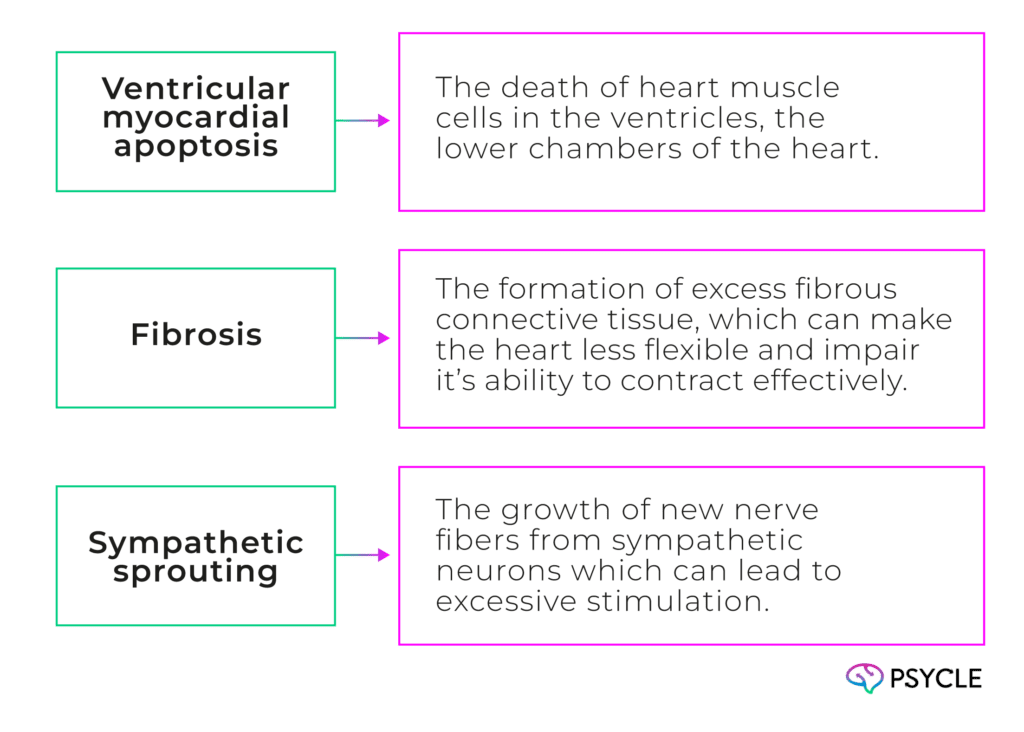Ketamine is an anesthetic drug commonly used to induce a loss of consciousness before surgery and to alleviate pain. Ketamine also has a use in psychiatry, providing rapid psychological relief to individuals with severe mental health conditions.
Despite its medical acceptance, ketamine isn’t without risk, and the drug can have severe physical and psychological side effects. This article will discuss these potential harms, including the science, and who may be at the most risk.
Key Takeaways
- Ketamine can cause both mild and severe side effects. Awareness of these risks is crucial for safe use.
- While ketamine has shown promise for treating severe mental health conditions, it may worsen and exacerbate symptoms.
- Ketamine carries a risk of abuse and dependence, particularly when used outside medical supervision. Recreational use can lead to more severe complications, including cognitive impairment and bladder issues.
- Due to ketamine’s potential for adverse effects and misuse, careful medical monitoring and adherence to prescribed dosages are essential. Patients with heart problems or respiratory conditions should be especially cautious.
What is Ketamine?
Ketamine as an Anesthetic Medication
Ketamine was synthesized in the 1960s as a safer alternative to the anesthetic phencyclidine (PCP). It quickly gained prominence in medicine for its ability to induce rapid, reliable sedation without significantly suppressing a patient’s breathing ability.
The drug works by blocking NMDA (N-methyl-D-aspartate) receptors in the brain, which are involved in pain transmission. Hence, ketamine can effectively reduce pain. NMDA receptors are also responsible for transmitting glutamate, a chemical messenger involved in signaling in the brain, so blocking this transmission induces a loss of consciousness.
When used in surgery, the brand name for ketamine is Ketalar. Doctors give it through an IV or IM in a hospital or clinic. In practice, ketamine is provided in combination with other anesthetic drugs.
Ketamine is also used off-label in pain management, including cancer pain and chronic neuropathic pain. Off-label means it’s not FDA-approved for these conditions, but there is sufficient medical evidence to support ketamine’s use for these indications.
Ketamine as a Mental Health Drug
In 2000, Yale researchers published the first randomized controlled trial to demonstrate ketamine’s antidepressant effects. The drug has gained traction as a useful tool for relieving symptoms of mental health disorders, including depression, suicidality, post-traumatic stress disorder (PTSD) and anxiety.
Ketamine’s interaction with NMDA receptors are thought to play a crucial role in its therapeutic effects. This is because NMDA receptors are involved in synaptic plasticity, the process of forming new memories, and mood regulation.
Though ketamine infusions aren’t licensed for mental health conditions, they may be used off-label. Spravato, a nasal spray version of ketamine, was officially approved to treat depression in 2019.
Common Short-term Side Effects
Dizziness and Nausea
Ketamine use often causes dizziness, which can make it hard to do everyday tasks, and patients who have used ketamine are advised against driving or using heavy machinery for 24 hours.
Ketamine interacts with proteins in the brain’s “vomiting center” and in the gastrointestinal tract, which can lead to stomach pains, nausea, and vomiting.
Psychological Effects
Ketamine’s blockade of NMDA receptors can lead to dissociation, where users feel out of touch with their body and environment. Strong doses may lead to full-on out-of-body experiences.
A user’s normal sense of reality may also change under the influence of ketamine. This commonly includes a distorted sense of time and space and changed ways of thinking.
Though less common, ketamine can also induce hallucinations, seeing or hearing things that aren’t there.
Ketamine’s psychological effects can be pleasant for some, hence ketamine is also a drug of abuse. However, these effects can also be disorientating and scary, especially if they are not used under a doctor’s watch. They can lead to unsafe situations because they’re unpredictable.
Cardiovascular Risks
Ketamine can induce mild to moderate increases in blood pressure and heart rate. Though these effects tend not to have a problem in most people, it could be dangerous for those with pre-existing high blood pressure. The increased strain on the heart may increase the risk of cardiac arrest.
Those with high blood pressure should be carefully monitored if they use ketamine, or Ketamine can also cause heart rhythms to get irregular, known as arrhythmias. This can lead to chest pain and increase the risk of further heart complications.
In one animal study, the researchers showed chronic ketamine use had several negative implications on the heart. This included:

Though these risks could translate to humans, the key differences in physiology between humans and study animals mean these risks remain unclear. Moreover, since the animals were provided with repeated high-doses, these risks may only be relevant in the case of ketamine abuse.
Respiratory Concerns
Unlike many other anesthetics, ketamine typically has minimal respiratory depression. However, in some cases, particularly with high doses or rapid intravenous administration, it can cause a slight decrease in breathing rate.
This effect is generally mild compared to other anesthetics but can still be a concern in sensitive patients or in those with pre-existing respiratory conditions.
In rare cases, especially with high doses, there also might be a risk of compromised airway reflexes, making breathing more difficult.
For these reasons, patients must be carefully monitored when using ketamine. Users should also avoid using ketamine with other central nervous system depressants, such benzodiazepines, as this may enhance the risk of respiratory depression.
High-doses of ketamine, mixed with other depressant drugs, have been known to cause overdoses in recreational users.
Potential for Abuse and Misuse
While ketamine is not traditionally considered highly addictive, users may develop a compulsion to seek out the drug for its psychoactive effects. Those with a history of trauma may be more likely to misuse the drug as its dissociative qualities can help them “escape” from difficult feelings and memories.
Chronic misuse can lead to tolerance (requiring increasingly larger doses to achieve the same effects) and dependence, where the user feels the need to continue using the drug to avoid withdrawal symptoms or maintain a desired state.
Ketamine abuse following infusion appears to be a lower risk than when people are provided with the nasal spray form. However, ketamine patients with ongoing substance abuse issues are generally recommended against using ketamine in all forms.
Psychiatric Implications
Worsening of Existing Disorders
Though rare, there have been cases of a worsening in depression symptoms following ketamine therapy for treatment-resistant depression (TRD).
However, some providers say this phenomenon is down to an opening of difficult emotions and memories that can occur with ketamine, and this may be beneficial for allowing people to fully process their trauma.
As ketamine’s psychoactive effects can share features of psychosis, those with psychotic disorders such as schizophrenia and bipolar disorder are recommended against using ketamine. However, the long-term risks of ketamine use in these patient groups remain unclear.
Cognitive Damage
Studies have found chronic ketamine abuse could lead to brain damage and result in cognitive impairment. One experiment showed long-term ketamine users had a dysfunction in their hippocampus, a region of the brain important for learning and memory.
Bladder and Urinary Tract Issues
People who use ketamine often or for a long time may face bladder and urinary tract problems. This can be painful and lead to long-term complications, such as permanent incontinence.
One common issue is bladder pain or discomfort. Users may feel a burning sensation, need to go to the bathroom more, and struggle to fully empty their bladder. In bad cases, the bladder can get inflamed, known as ketamine-induced cystitis.
Ketamine can also affect the urinary tract more widely. This can lead to kidney problems or even kidney failure in some cases.
Conclusion
Using ketamine involves a lot of careful thought. It’s important to understand both the good and the bad sides of it. People can make smart choices about this strong drug by being well-informed and taking the right steps. This helps keep everyone safe and healthy.
FAQs
What are the Cardiovascular Risks Associated with Ketamine?
Using ketamine can increase blood pressure and cause heart rhythm problems. These risks are especially high for people with heart issues or those taking certain medicines.
What are the Potential Bladder and Urinary Tract Issues Associated with Ketamine Use?
Using ketamine a lot or often can cause bladder and urinary tract problems. These issues can be painful and might need a doctor’s help to manage.
What Respiratory Concerns are Associated with Ketamine Use?
Ketamine can slow down breathing and make it harder to breathe. This is a serious issue that needs a doctor’s watchful eye.

